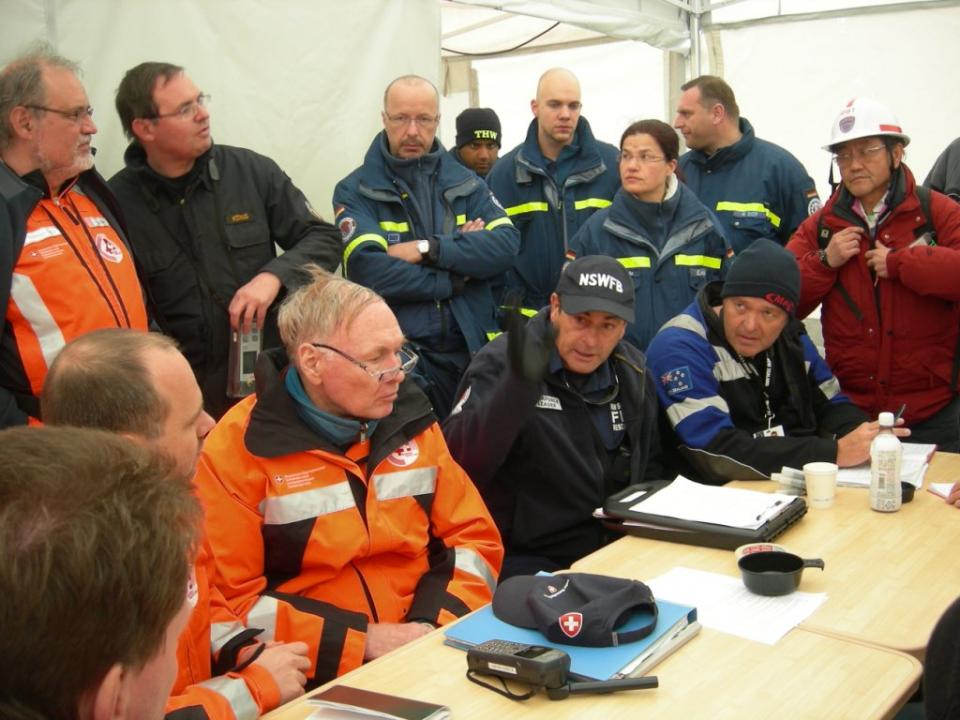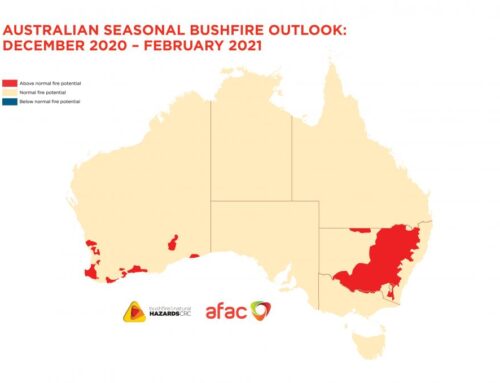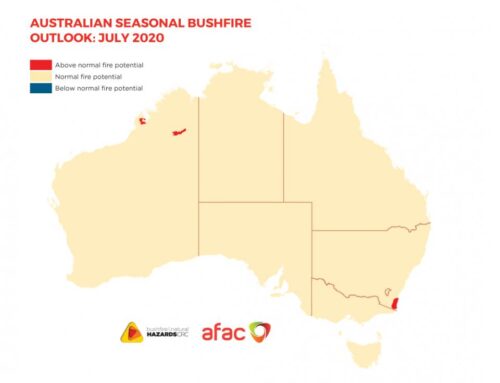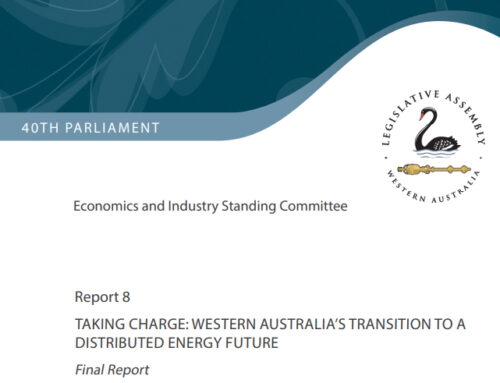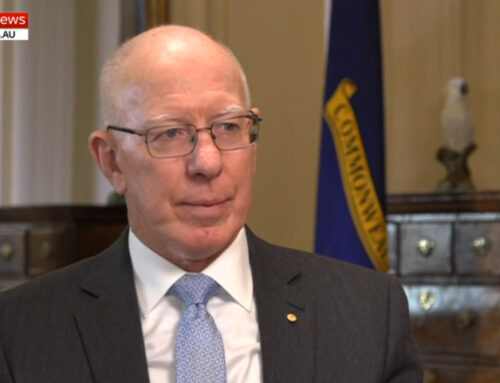ABOUT THIS PROJECT
This research began in 2017 and forms part of the Improving decision making in complex multi-team environments project, conducted by the Bushfire and Natural Hazards CRC. This component of the project investigated strategic decision making in emergency management.
AUTHORS
A/Prof Benjamin Brooks and Dr Steven Curnin, University of Tasmania.
Contact [email protected]
SUMMARY
Decision making is a skill that is required for every type of incident and every level of emergency management. In this environment, decision makers are confronted with incidents that are often dynamic, complex and uncertain. This presents challenging physiological contexts that can contribute to poor decisions, resulting in potentially catastrophic outcomes for affected communities.
This project comprises three studies that examined different elements of strategic decision making:
(1) analysis of decisions made during a series of exercises,
(2) analysis of decisions made during an international deployment for a disaster and
(3) a training course on strategic decision making.
The findings identified a consistent set of decision themes that can change the quality of strategic decision making in emergency management. Appropriately managed, these themes can support effective, efficient and safe decision making. The results of this project provide evidence for a suite of cognitive decision tools and training aides that have been developed and tested for industry use.
CONTEXT
Strategic decision making in high consequence environments is challenging and stressful due to the dynamism, complexity, uncertainty and time constraints that occur in this environment. In addition, if poor decisions are made at a strategic level, it can also have a cascading effect on the tactical and operational levels of emergency management.
BACKGROUND
In a previous evaluation of decision-making structures and processes with end-users, several aspects of good decision making were evaluated around the response to Level 3 incidents. The highest level of incident under the Australasian Inter-service Incident Management System structure, Level 3 incidents are characterised by degrees of complexity that may require a more substantial organisational structure to manage the emergency, including a delegation of functions. The results identified the following possible opportunities for improvement in strategic decision making skills:
(1) an awareness of and an ability to work across the spectrum from intuitive to classically rational decision approaches as the context requires;
(2) the ability to monitor themselves and their teams for evidence of bias or decision errors;
(3) recognition of the dynamic nature of the process and the need to not just decide, but also to make sense of the situation;
(4) an ability to balance the need to record decisions for future reference with the effect that recording has in creating bias in decision making; and
(5) the ability to create a psychologically safe decision making environment that builds and maintains trust between teams.
This evaluation provided the foundation for this research.
BUSHFIRE AND NATURAL HAZARDS CRC RESEARCH
The team conducted three interrelated studies with the aim of discovering whether the decision maker can be effectively supported. Researchers developed and tested cognitive tools that help to integrate knowledge about human performance with an organisational culture that fosters a supportive environment for strategic decision making. The first study developed a survey to assess decision making in a series of emergency management exercises.
The second study used a Critical Decision Method to deepen the understanding of the challenges associated with strategic decision making during a specific international disaster.
The third study expanded on the findings of the two previous studies, to develop and refine a training course in decision making that is complemented with supporting tools.
RESEARCH FINDINGS
Following a process called user-centred design, the research team visited emergency services agencies and collected documentary and interview data to understand the nature of decision making.
This not only identified opportunities for improvement, but also built awareness of the context for the tools that were later developed. The findings from this first study indicated opportunities for improvement, including creating psychologically safe places for members of a team to speak up, improving record-keeping of decisions, and an awareness of how new intelligence might change decisions.
For the second study, researchers conducted a series of semi-structured interviews with the leadership team of Australian Urban Search and Rescue (USAR), who were deployed to Japan after the 2011 earthquake and tsunami. This deepened the research team’s understanding of several insights for good strategic decision making, including the requirement for team leaders to build psychologically safe environments, and an awareness of leaders’ own thinking (meta-cognition), particularly when they are moving between different decision styles (for example, from intuitive to more rational analyses).
Finally, the third study confirmed that decision makers should evaluate important strategic decisions for the influence of possible bias or error. Based on these findings, a set of cognitive tools were developed, tested and refined during a series of training sessions, conducted with organisations from the public, not-for-profit and private sectors. Further information about these tools is available below.
HOW COULD THIS RESEARCH BE USED?
By revealing the challenges and mechanisms of managing good strategic decision making in emergency management, this research provides a clearer path for end-users to enhance their strategic decision-making capabilities. Understanding the knowledge and skills required to enhance strategic decision making will contribute to addressing agency expectations. For example, poor decisions at the strategic level can often have a cascading effect on decision making at the tactical and operational levels, which may ultimately result in decisions that can impact a community, such as the decision to evacuate or not. This project has produced two cognitive decision tools and training aides that address these challenges and that can be embedded into policy and operational doctrine. The Psychological Safety Checklist and the Cognitive Bias Aide Memoire are both available here.
This research is currently being used in local government in Western Australia, where the Shire of Mundaring are incorporating one of the tools – the Psychological Safety Checklist – into their Shire Leadership Team Charter.
FUTURE DIRECTIONS
Future research must continue to investigate approaches that seek to address the challenge of making strategic decisions in emergency management. This includes longitudinal studies that would permit evaluation of ongoing outcomes. There is also a need to develop effective ways of managing cognitive predictions, such as anticipatory and divergent thinking, and to explore how these concepts are used to enhance creativity in decision making for low-probability but high-consequence events.
https://www.bnhcrc.com.au/hazardnotes/73

